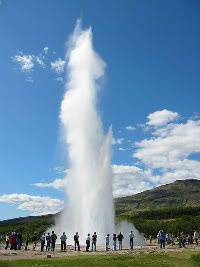Bill Gates’ Vision of Nuclear vs. Renewable Energy
Penny McCracken writes:
Is Bill Gates’ nuclear reactor a good idea? Oh, crap! There are a thousand ways he could put his money to use – and not endanger all of us in the doing!
Seriously. But I always wonder about the motivation of people of his stature; it’s certainly not the money — which so clearly drives the fossil fuel people. And with renewable energy’s efficiencies rising and costs falling? Hmmm.
From Gates’ TED talks, we can see that he totally grasps the reality of the global energy challenge. So why this? I’m as perplexed as you.
You may want to click on Bill Gates’ position and scroll down to the comments of Dave Kraft, the Director of NEIS; he’s certainly nobody’s fool.



 Does anyone know how many kilowatt-hours we in the U.S. dump back to ground each night? If so, please comment, and add a link to the source. Cycling coal plants shortens their lives and adds to the cost of maintenance, and is therefore unappealing. But I’m having the devil’s own time coming up with this datum.
Does anyone know how many kilowatt-hours we in the U.S. dump back to ground each night? If so, please comment, and add a link to the source. Cycling coal plants shortens their lives and adds to the cost of maintenance, and is therefore unappealing. But I’m having the devil’s own time coming up with this datum.



 Frequent commenter and all-around smart guy Frank Eggers points out that there has been no discussion of
Frequent commenter and all-around smart guy Frank Eggers points out that there has been no discussion of